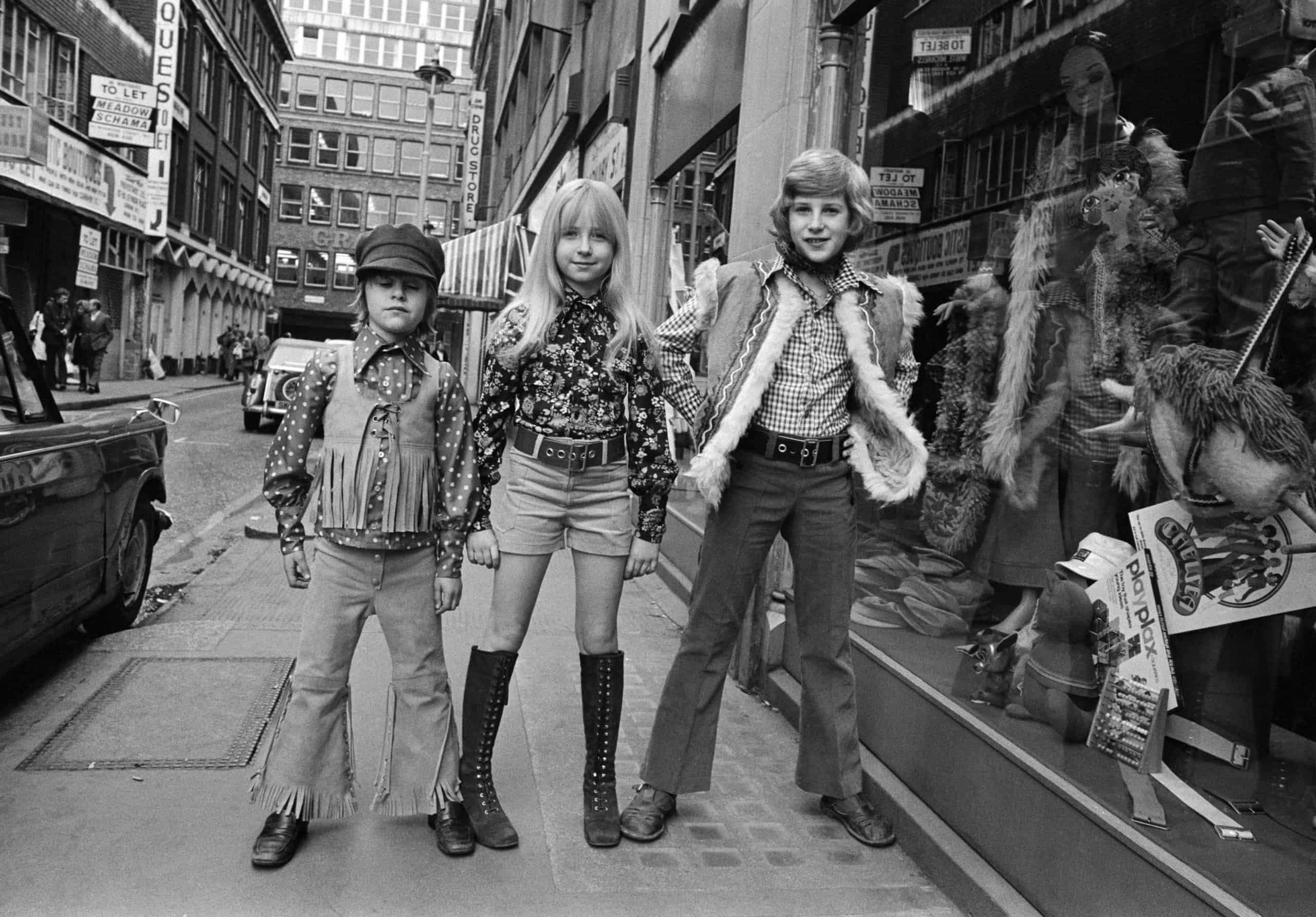The 1970s was a decade of relaxed clothing with bright colors, synthetic fabrics, and bold patterns. There was a lot of exploration throughout that time, with some leaning toward the bohemian elements of the hippie counterculture and others celebrating late into the night at disco nightclubs with sequins and platform shoes. At first, many of the same fashion trends from the 1960s carried over but designers gave them a different spin to mark the decade with a sense of originality.
Although the 70s were known as the “Polyester Decade,” there was plenty to revere in terms of fabrics, with sequins, corduroy, and denim taking over. There were refined looks like the classic turtleneck, funky fashion expressions like crochet clothes and in-your-face trends like tie-dye and can’t-miss, oversized sunglasses. Ultimately, this was a decade that celebrated personal freedoms and manifested itself in a range of styles with no hard and fast rules, allowing for an inclusive celebration of fashion and all of its elements. (To dive deeper into the 70s, also see Childhood Traditions From the 70s That Should Come Back.)
Bell Bottoms
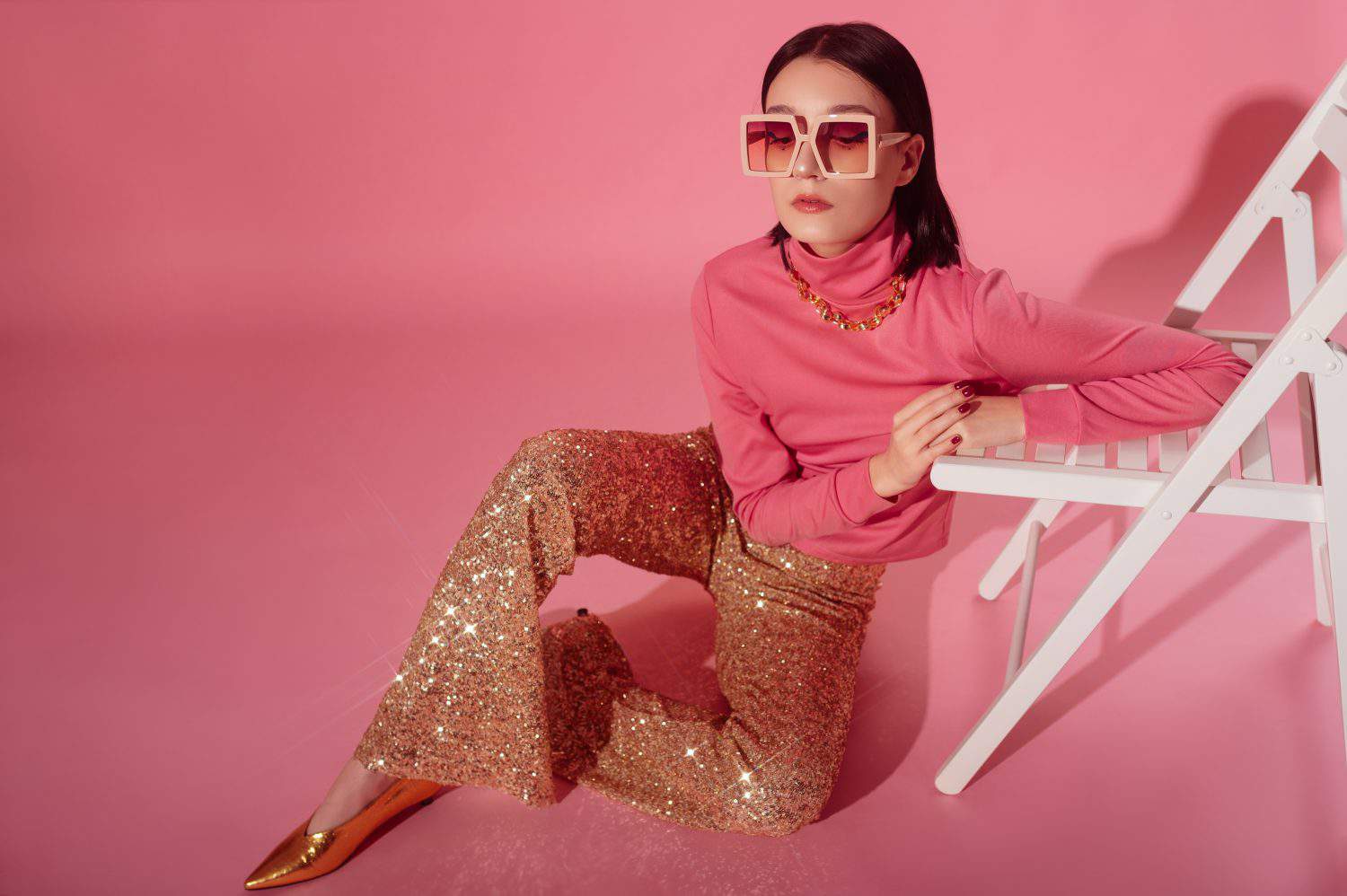
Flared pants, also known as bell bottoms, had a functional use at first. In the early 19th century, they were the preferred pants for sailors who found they were practical for the type of work they did. By the 1960s and 1970s, these same pants had made their way to thrift stores, where hippies rediscovered them. Looking to rebel against the culture, they adopted them and paired them with other loud pieces for an unconventional look. Paired with the right shoes, this style of pants remains iconic.
Bohemian Prints

They’re busy, they’re colorful, and they draw attention. But boho prints were initially part of a functional need for minimalistic living. Bohemian culture embraced artists, freedom of expression, and disregard for societal norms. This counterculture re-emerged in the 1970s as artists yet again let their creativity run wild and embraced boho prints. Today, free spirits embrace eccentric clothing, and these prints complement them well.
Sequins
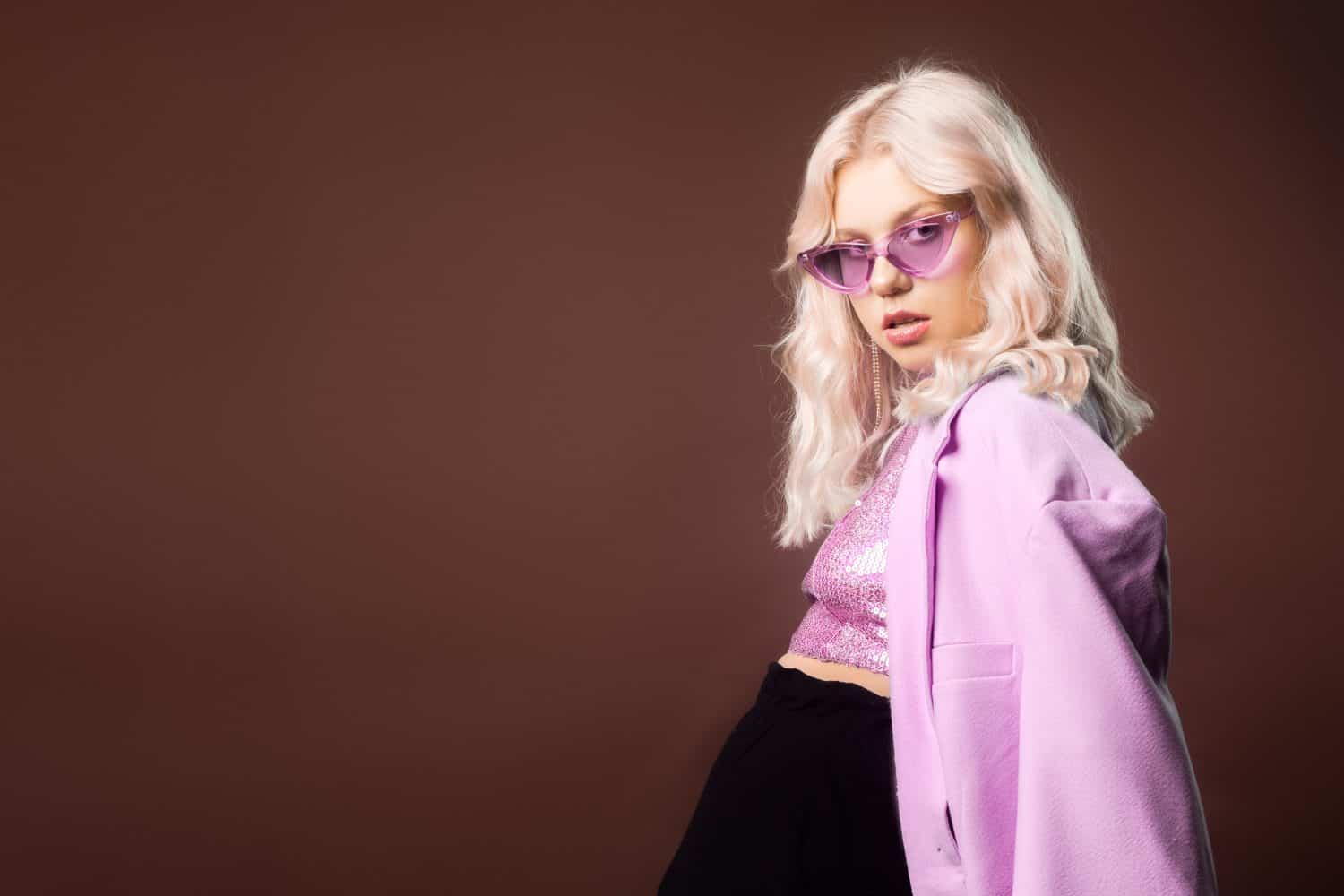
A bit of sparkle never hurt anyone. Sequins have been around since ancient Egypt and in the 1970s, celebs like Diana Ross popularized them yet again. Today, Taylor Swift serves as an example of how timeless this look is. But sequins shouldn’t be reserved solely for celebs. These sparkly looks deserve a place in the office as a shawl over a neutral top and jeans, in nightlife explorations on the dance floor and at special events with friends and family. Let the lights glimmer upon your sequins, reflecting and compounding the beauty of the day (and night).
Twisted Halter-Necks
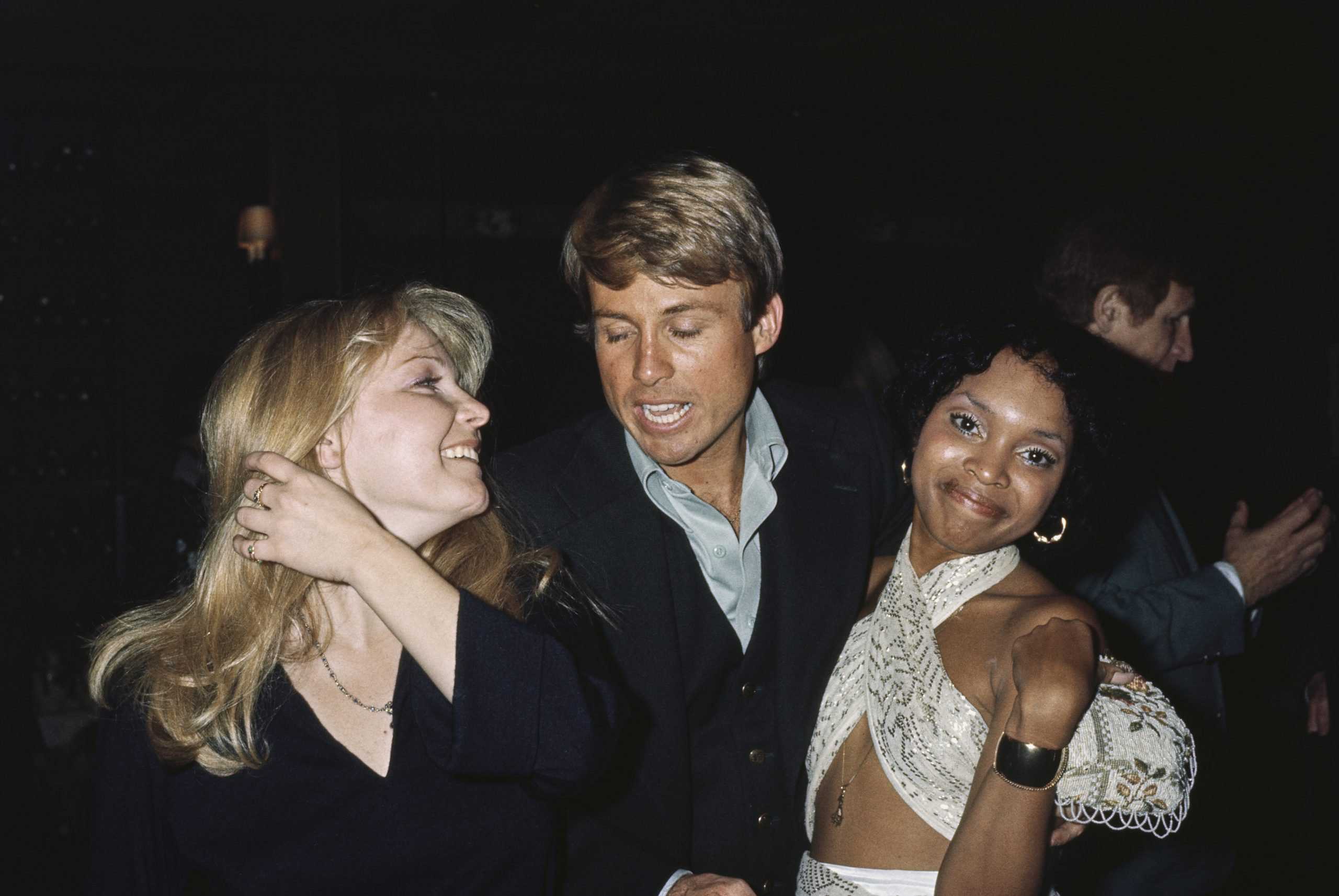
During the 1970s, the twisted halter neck was peaking. These tops expose the shoulder and arms and have long been worn, even in ancient civilizations. A symbol of bohemian and counterculture influences, the twisted halter neck had a comeback in the 1960s and the 1970s. This neckline offers versatility, as those who don these tops can aim for a retro, free-spirited look or choose a more refined and timeless appeal.
Patchwork
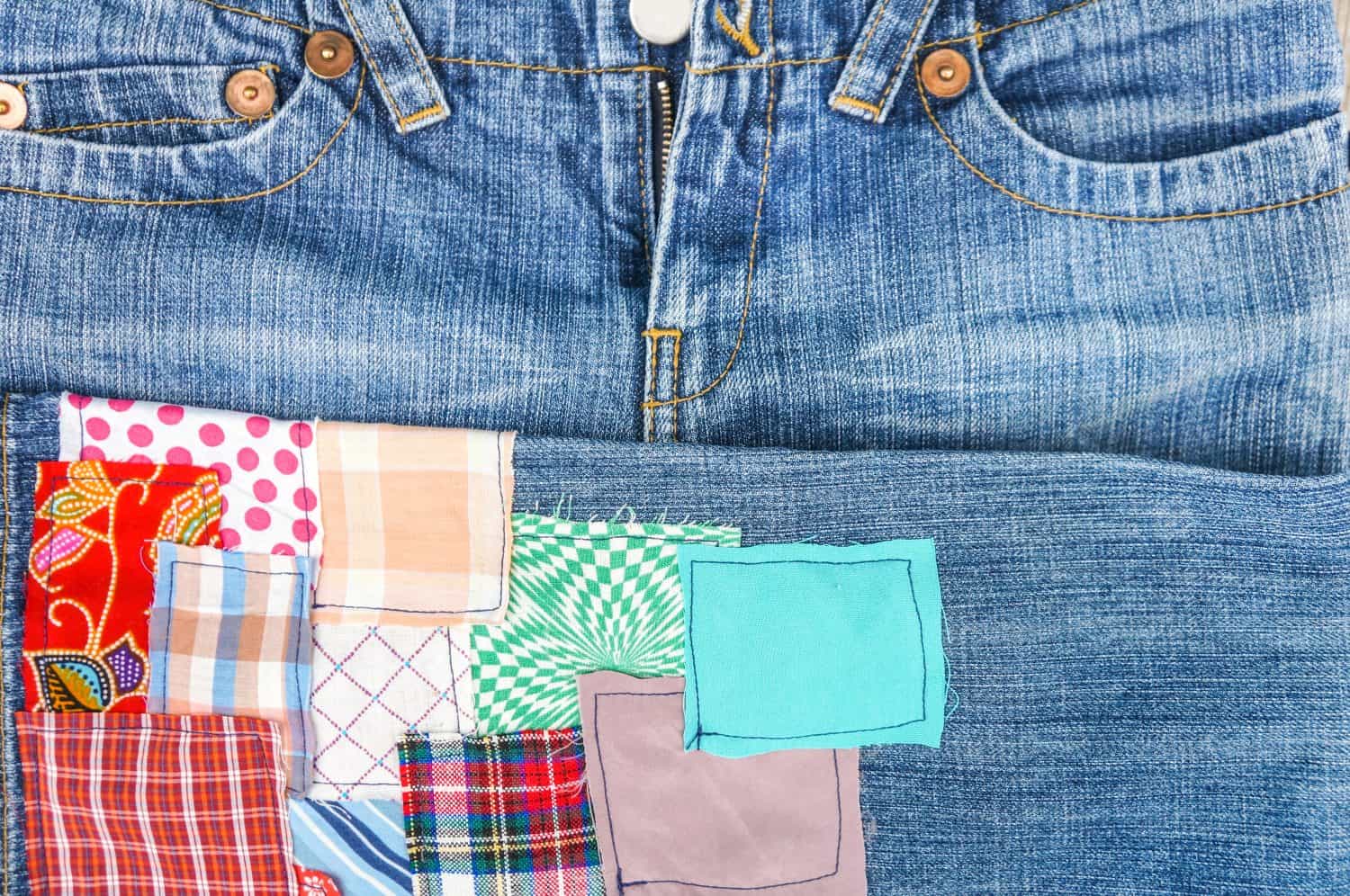
Fashion is all about creativity, and patchwork amplifies the work of multiple creatives, forming an eclectic fabric hub. This style has origins in ancient Egypt and in the 1970s, it emerged as a style feature. Sustainability is a part of this trend, as it encourages the reworking of existing fabrics to develop something new. Though designers have sometimes turned practicality into high-priced fashion items, creatives do well at home, creating their own patchwork pieces (keeping with the original use for patchwork designs).
Tie-Dye
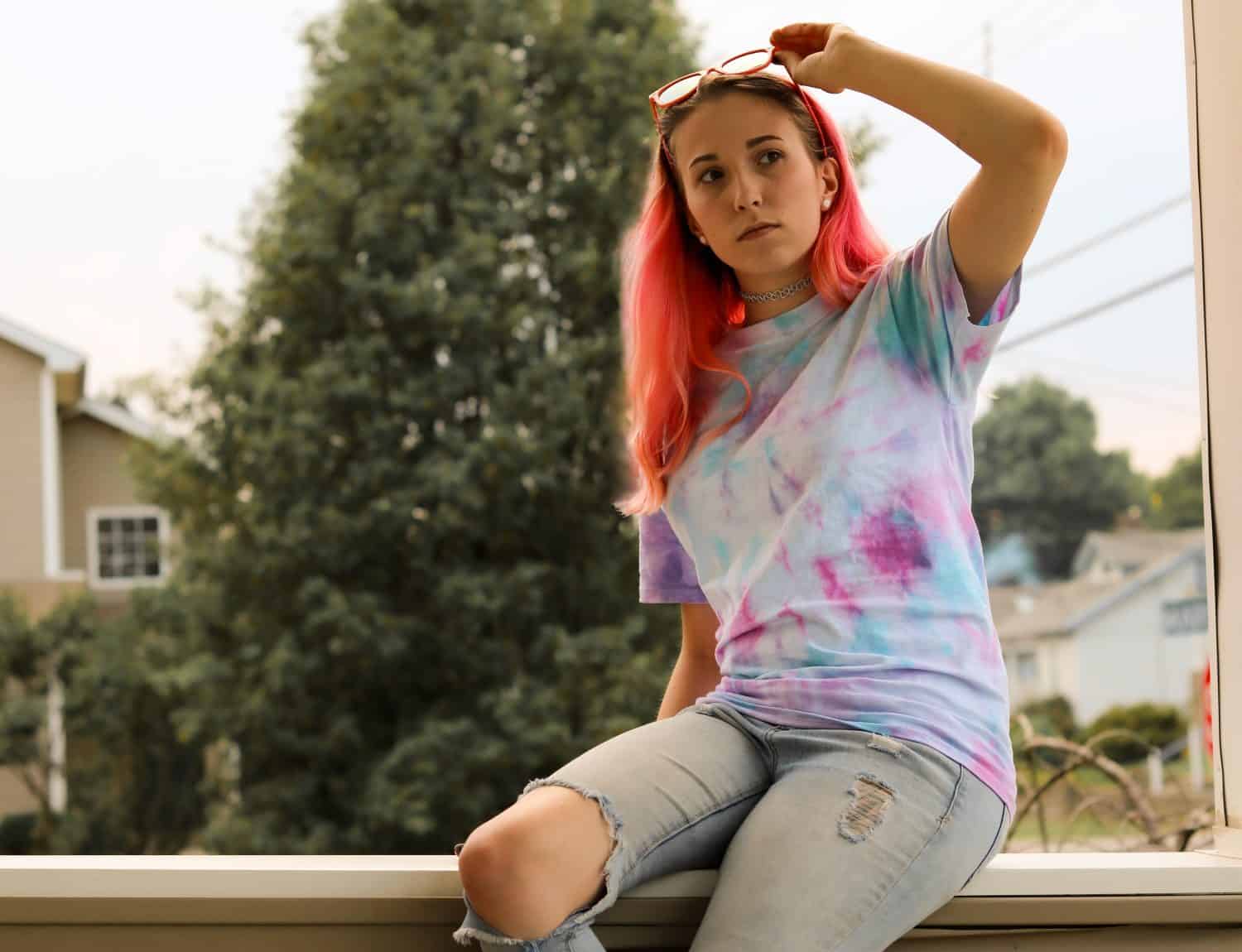
This psychedelic look is tied to the hippie counterculture movement and was symbolic of the artists and free spirits of the 1970s who were unapologetic in their quest for the promotion of peace. Does it have to be loud with bright neon colors? No, unless that’s the look you’re going for. You can also opt for muted tones like mauves and pinks that effortlessly intertwine in an abstract design. There’s space for the bold, eclectic looks reminiscent of the 70s and for more sophisticated pieces that still celebrate the trend.
Crochet Clothes
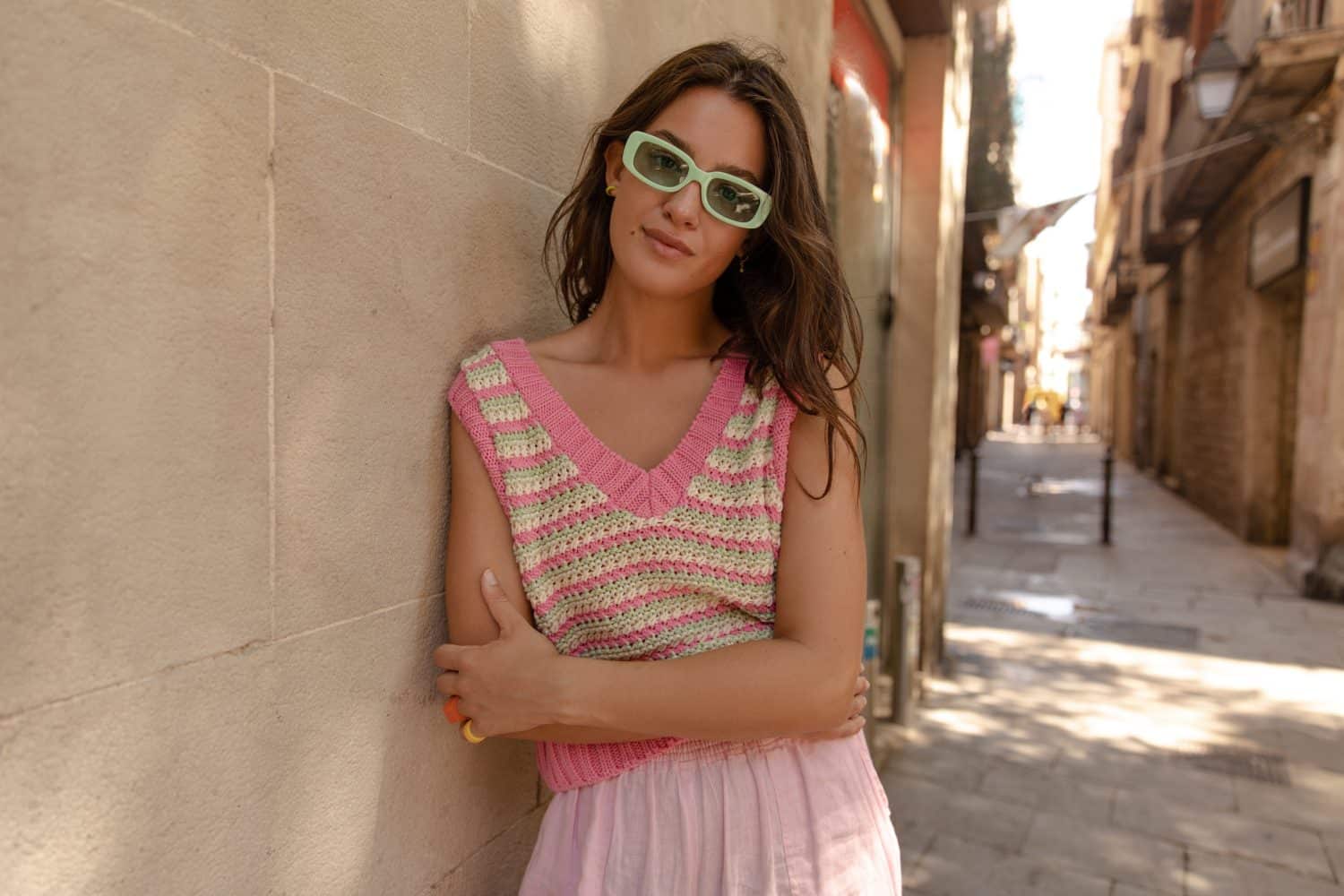
In the 1970s, crochet clothing was just another method by which creatives and unconventional folks celebrated their individuality, letting their imagination shine through. Not only was it common to spot a crochet blanket in the home of those who celebrated counterculture, but it was also spotted in fashion trends, including ponchos and vests. Crochet clothes are also a sign of community as those who learned the craft would share designs. Today, crochet clothes take the form of mini dresses, poolside pants, tote bags and more.
Fringe
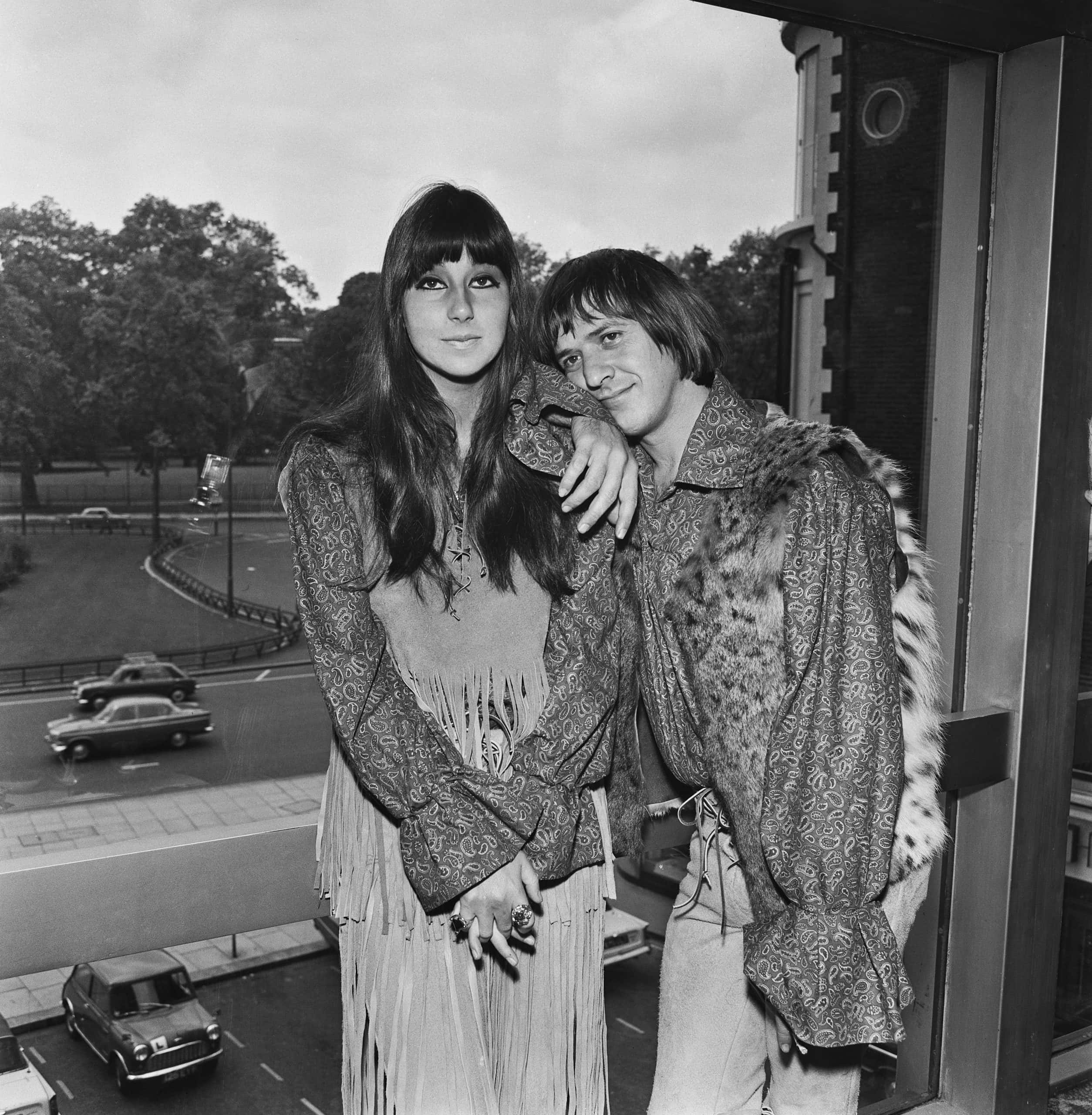
African and Native American styles inspired the fringe fashion trend in the 60s and 70s and it wasn’t uncommon to see clothes like jackets lined with fringe. Cher couldn’t get enough of the look and often sported fringe during her performances. It looks like the trend is set to return this spring in the form of dresses, jackets and headwear.
Corduroy
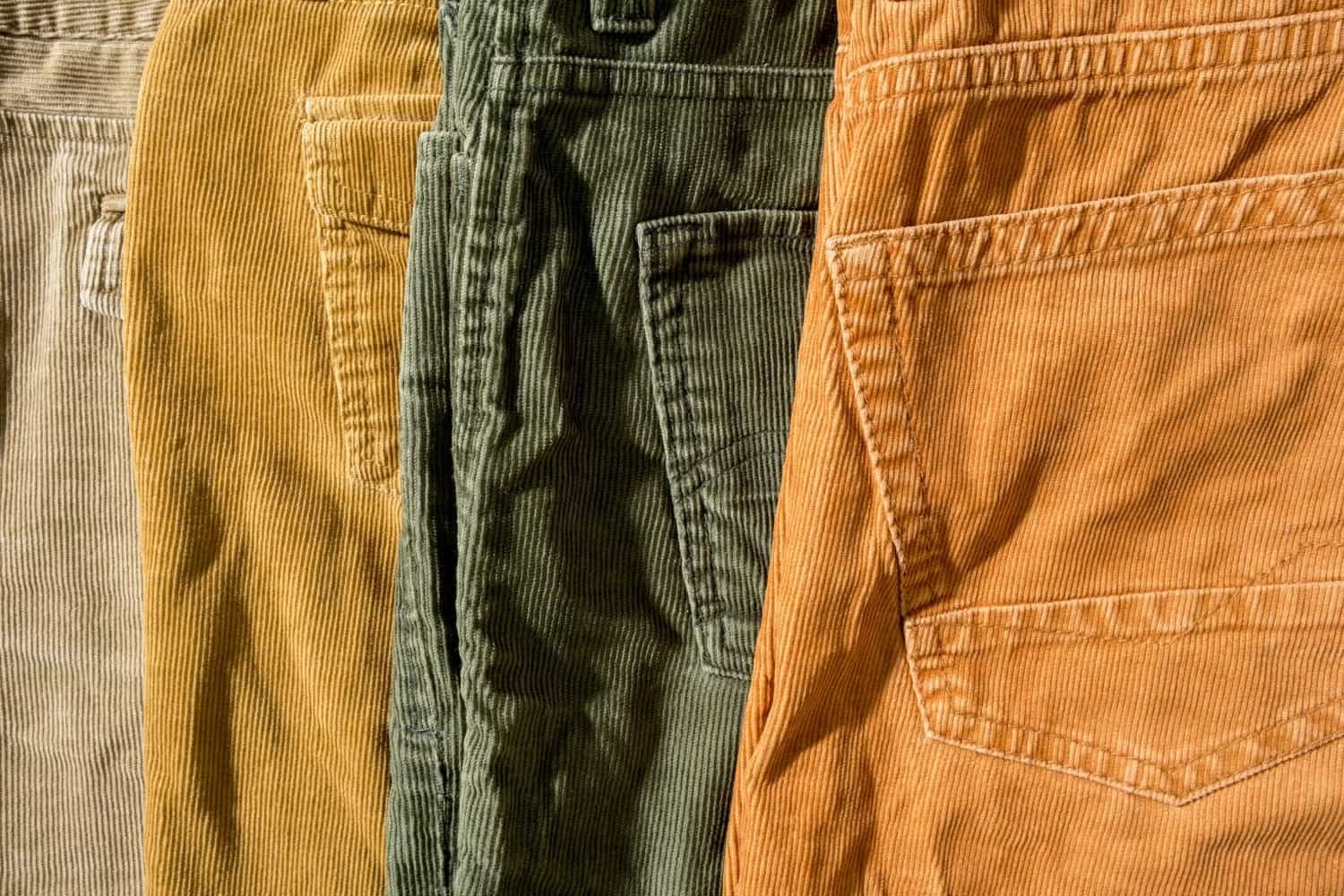
The exact origins of corduroy are debated, but it appears that the style started in Egypt and was later adopted and refined after England’s industrial revolution. In the early 1900s, Levi Strauss featured corduroy in seasonal catalogs and by the 1970s, Levi’s was producing and selling millions of corduroy jeans. The look is adaptable, allowing for a range of pairings, and offers a cozy, comfortable feel against the skin.
Wide Belts
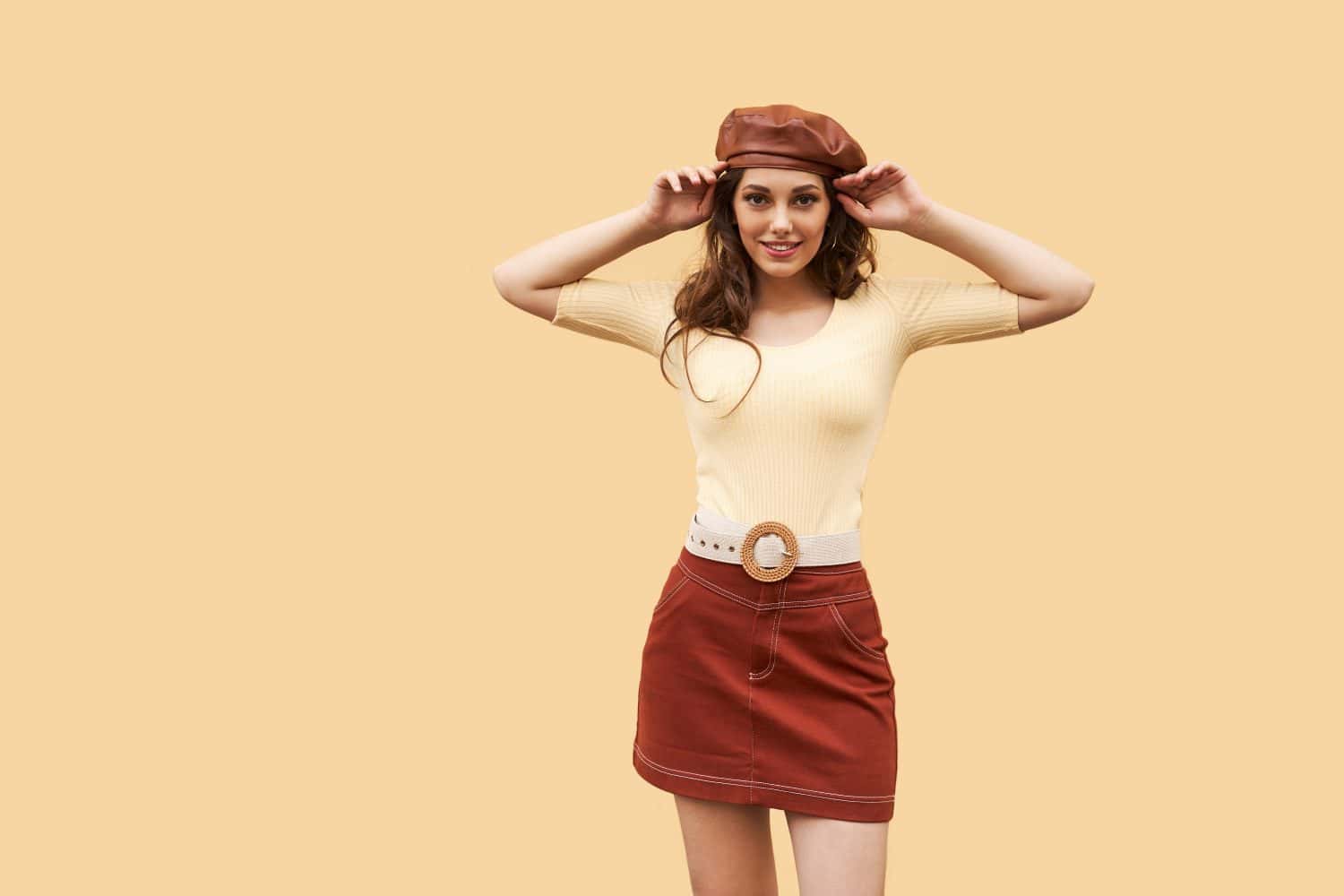
Both men and women wore wide belts adorned with large buckles during the 1970s. This look brings the eye to the waist area, giving a slimming effect, particularly to those who have longer torsos. They shorten the torso and women are cinched in a way that enhances natural hourglass figures.
Turtlenecks
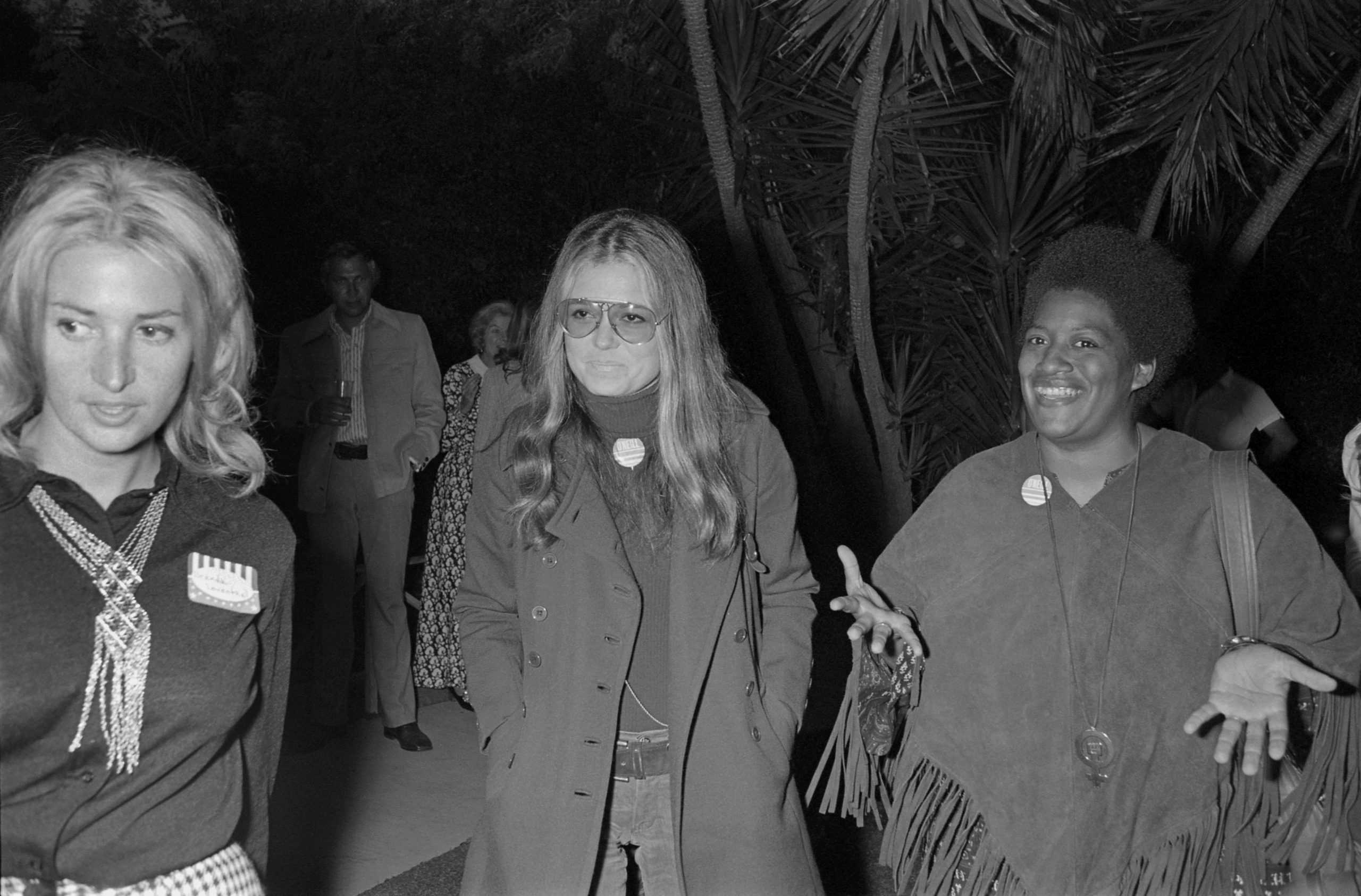
The ol’ go-to for covering up the evidence of love bites is actually quite the fashion statement. The look is refined, elegant and sets you apart. One of the leaders of the American feminist movement and political writer, Gloria Steinem, made this her signature look in the 1970s. It’s not a look for everyone (especially those who feel confined by higher necklines) but those who can pull it off can enjoy the modern style’s versatility and chic effect.
Structured Vests
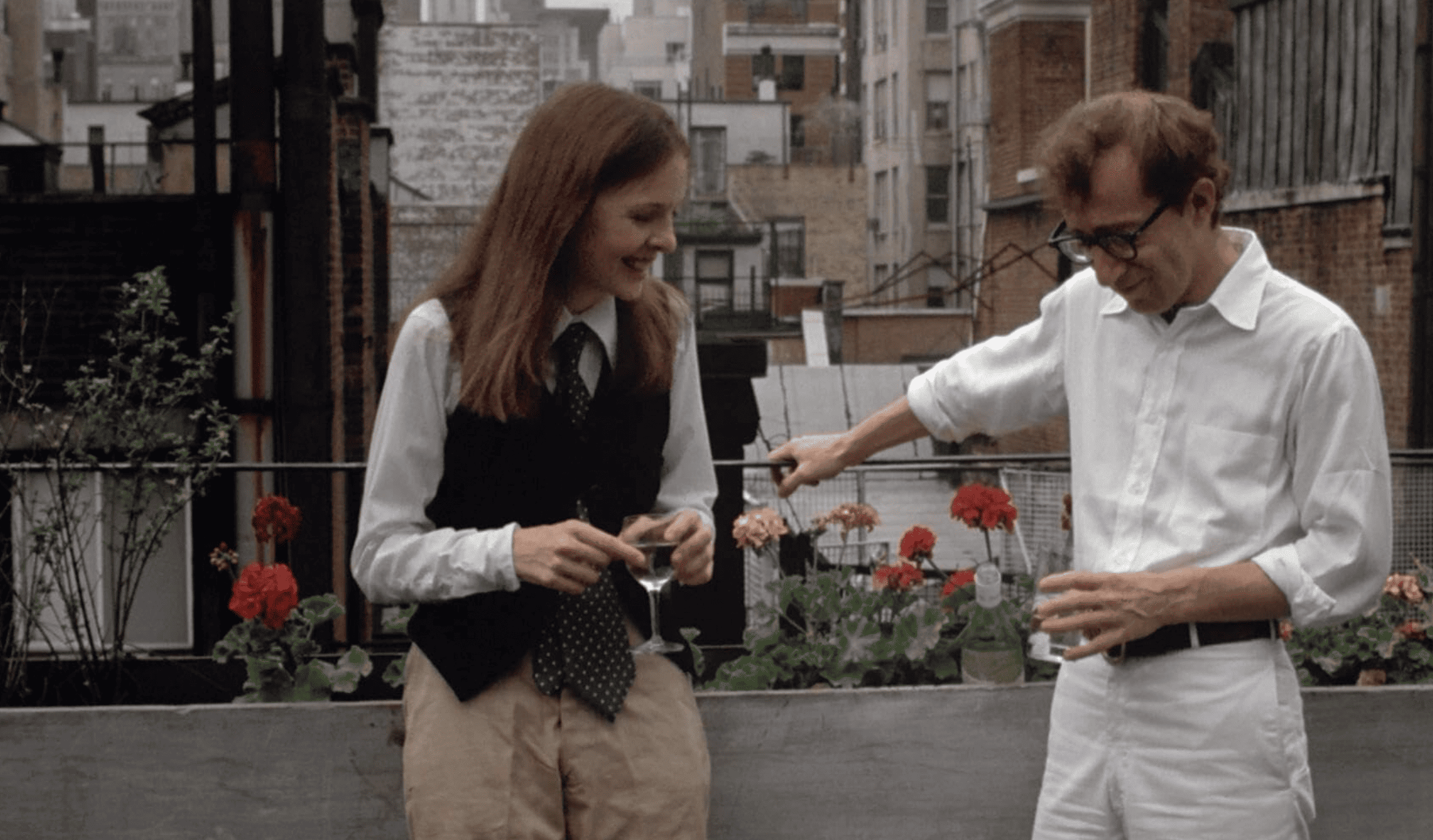
You can thank Diane Keaton for her role in “Annie Hall” (1977) for the structured vest look. Inspired, those who leaned into fashion statements at the time made the look their own. The structured vest has room to shine in modern times with some alterations. Removing the first layer (typically a button-down), for instance, and letting the vest take on a life of its own with trousers gives it a modern feel.
Retro Sunglasses
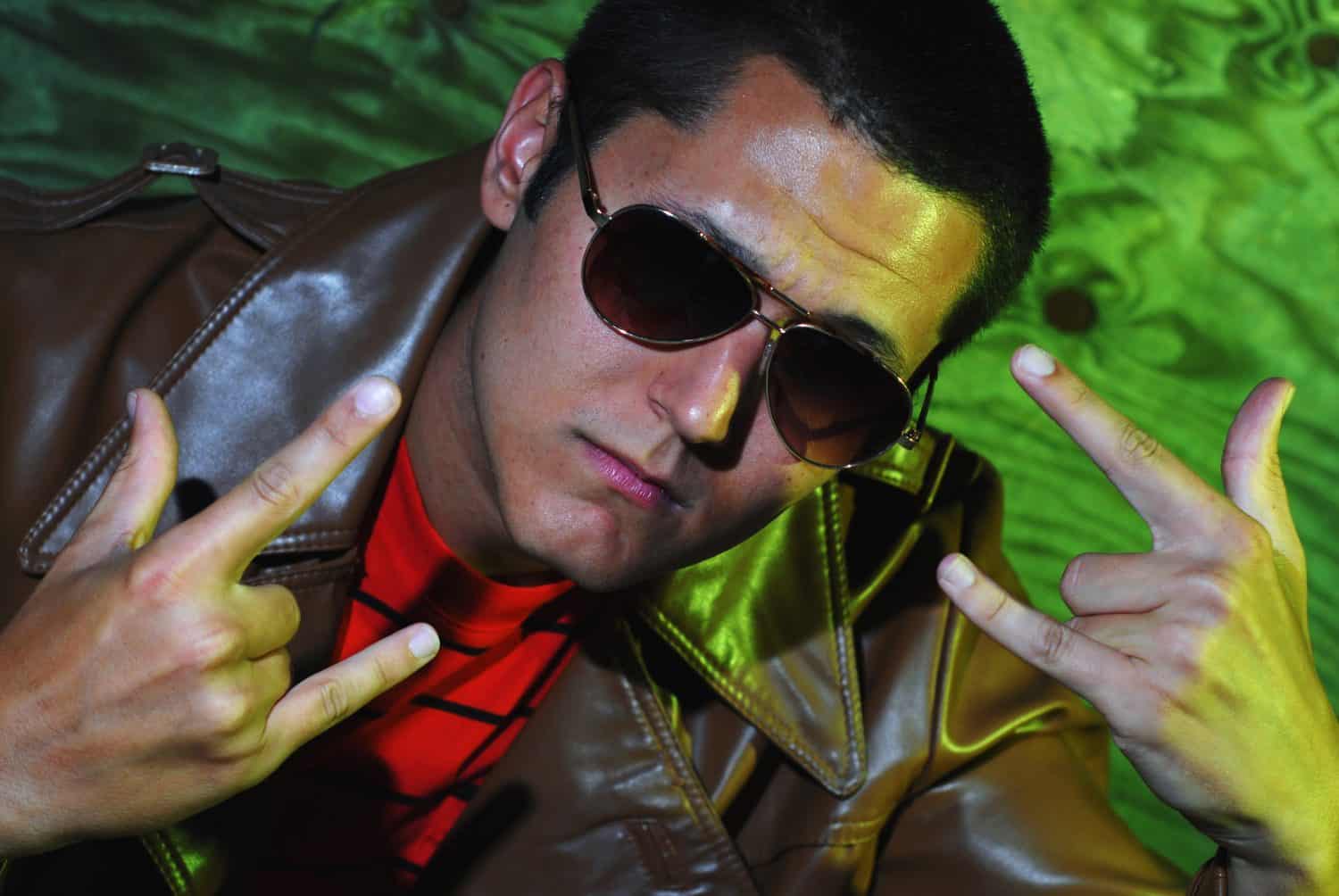
Sunglasses during the 1970s were thick, eye-catching, and tinted. Although aviators have already made their comeback, large, chunky, colorful sunglasses could use another opportunity for the limelight. Retro sunglasses are meant to be fun and add character to any outfit or hairstyle. Some subtler looks still embody the retro look, offering fun in a more refined way.
Denim on Denim
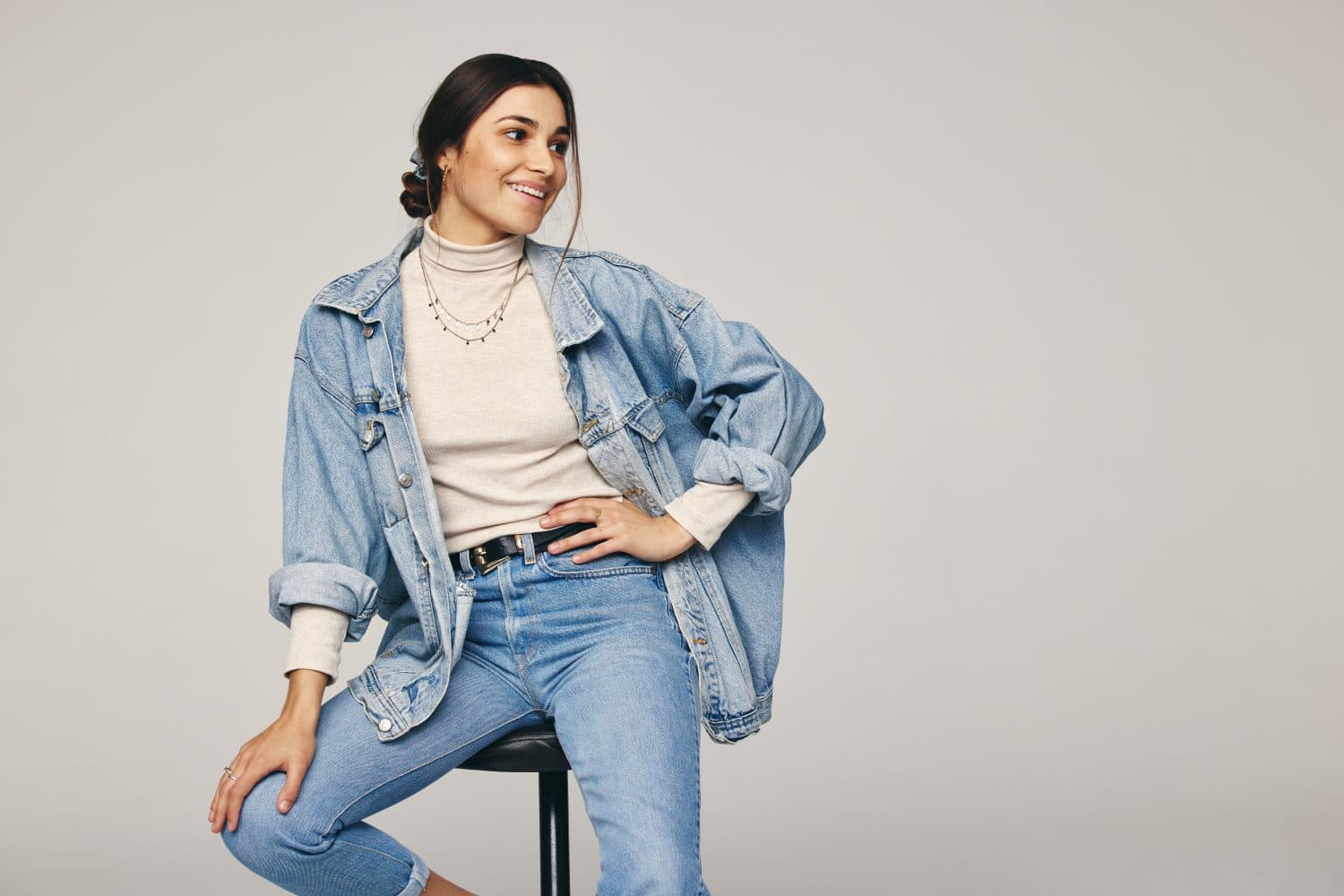
This style resurged in the early 2000s thanks to Justin Timberlake and Britney Spears at the American Music Awards. You can modernize this look with baggy denim on denim, wearing Valentino’s Bermuda shorts. You can also steer away from the classic blue to explore the many shades of gray denim as seen with Dior’s spring and summer catalogs. Tapered jeans and midi skirts are back and with the right denim jacket, you can breathe life into denim on denim.
Trench Coats
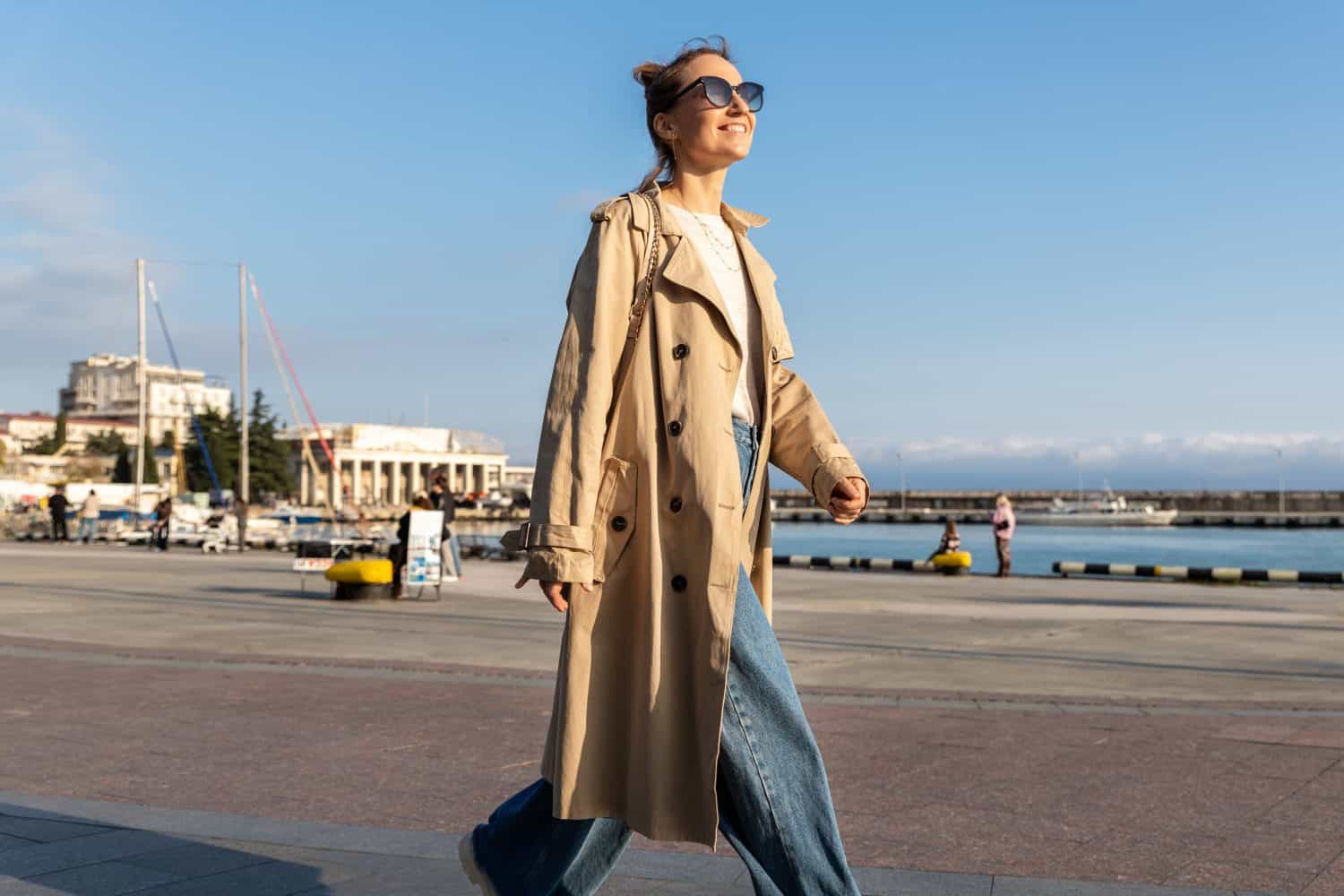
The trench coat was traditionally khaki-colored and rather plain because its use was pragmatic and meant for the military. The fabric needed to be breathable but also waterproof so warfare in the trenches was possible. Both the British and French armies adopted the trench coat as standard wear. In the 1920s, it leaked out into civilian fashion with several alterations, differentiating styles for men and women. In the 1970s, the trench coat went through more changes, reflecting the colorful interest of the time. Today, it’s a practical trend that offers warmth but that also elevates nearly any look.
Bell Sleeves
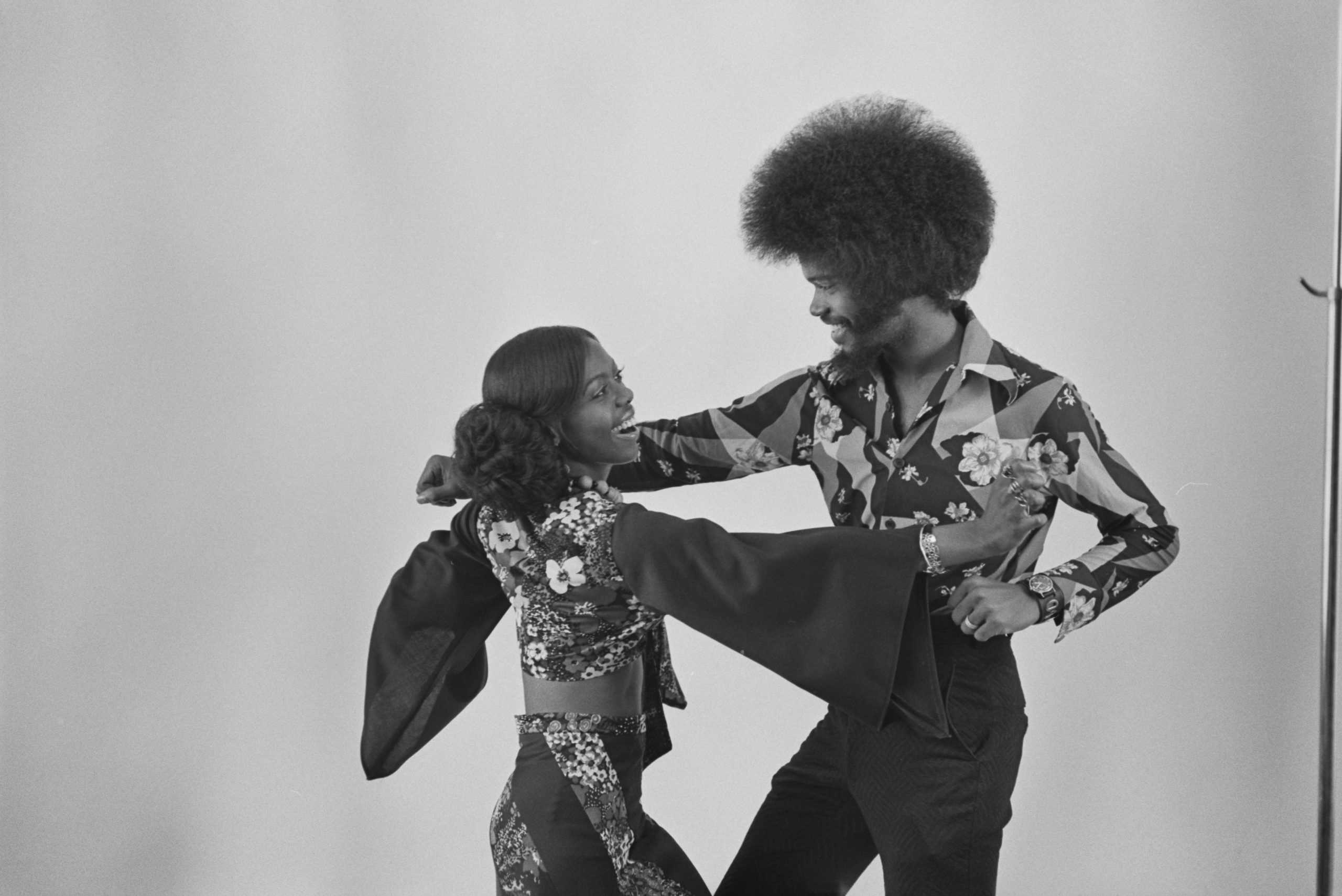
This style of sleeves has a long history, reaching back to the Heian period in Japan. At that time, the look was dramatic but over the years, subtle tweaks have made it more wearable. During the 1970s, bell sleeves were once again a popular fashion statement along with flared pants and flowing clothes. These peasant styles of clothing worked well together and were reminiscent of the Medieval Era when equally embellished looks were celebrated. Today, bell sleeves would do well with a more refined finish that offers an intriguing silhouette but more practical wear.
Maxi Dresses
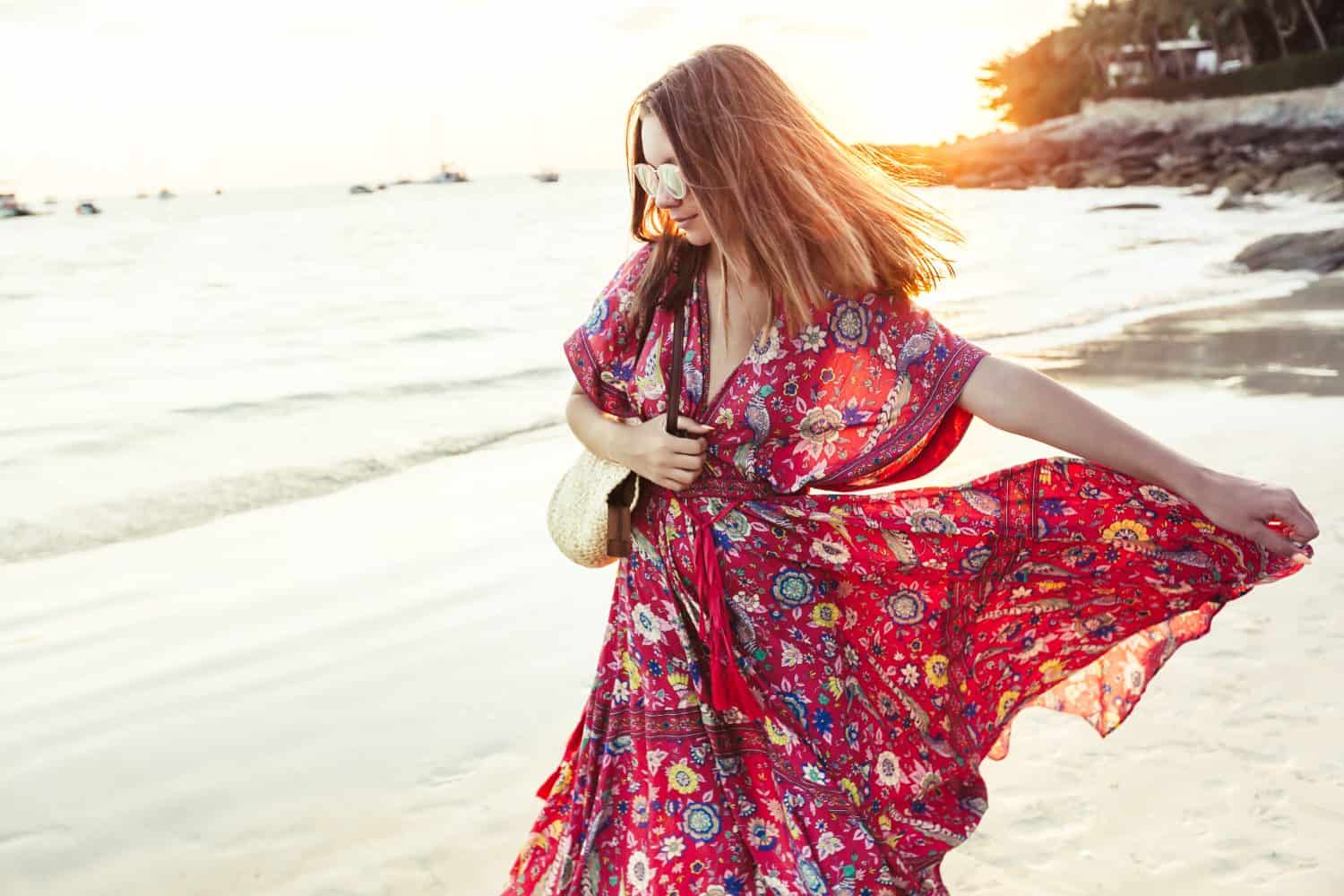
The maxi dress celebrates a grounded, earthy look with hems that reach down toward the ankles. With floral prints in the 1970s, this style became a part of the “Flower Power” movement. The maxi is the look opposite of the mini, but for many during that decade, these two styles shared space in the same closet. The flowy look of maxi dresses brings forth the carefree attitude of the time, offering modern women a modest way to celebrate freedom of expression.
Platform Shoes
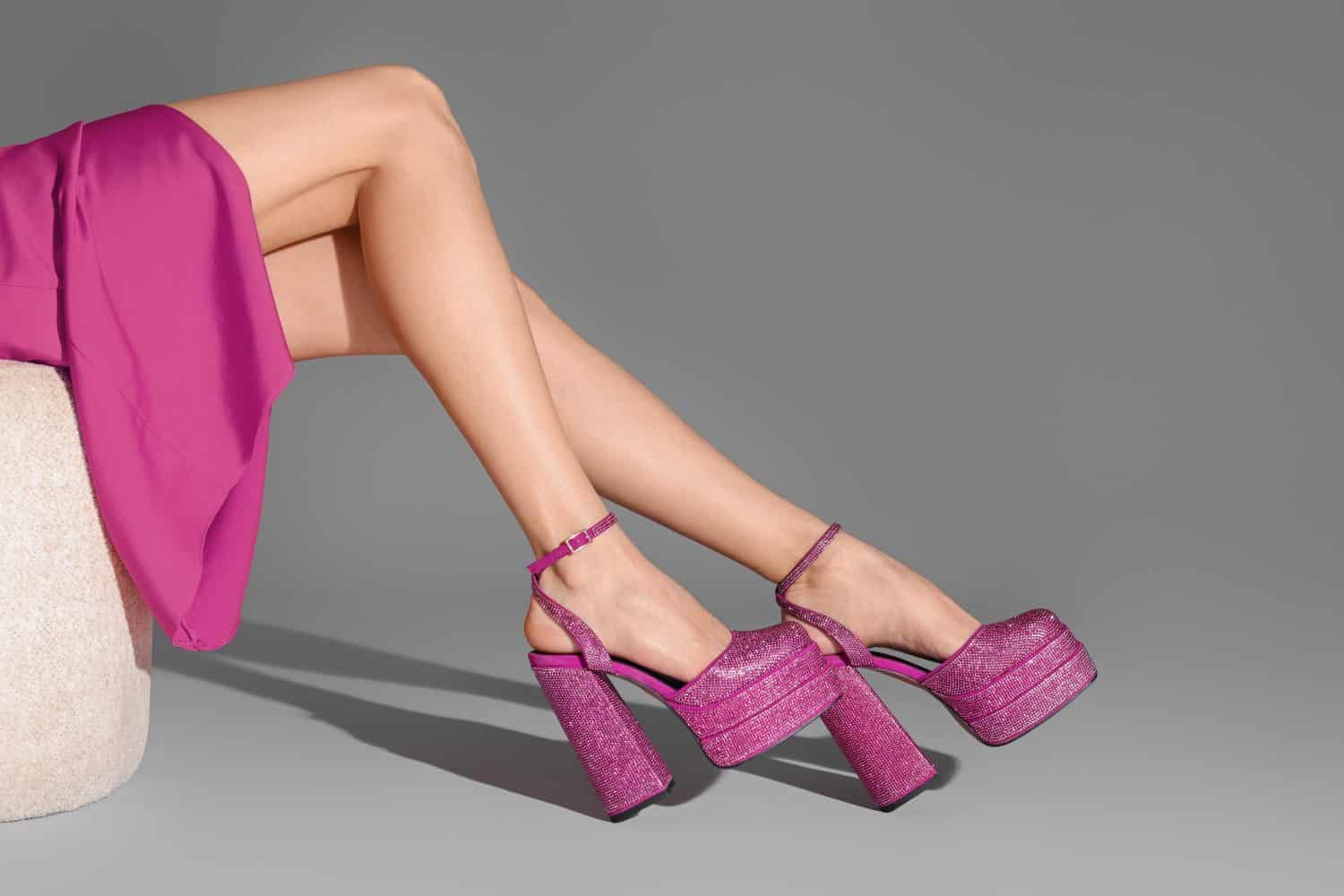
In the 1970s, platforms were known as the ultimate choice for going to the disco. These shoes didn’t just elevate the wearer literally, but they also called forth attention with embellishments like tiny lights and yes — even live fish. That part of the trend can remain a part of history but platforms, especially when paired with other items in this list like bell bottoms and maxi dresses, offer a comfortable way to stand a little taller. Plus, subtler embellishments modernize the look.
Boho Accessories
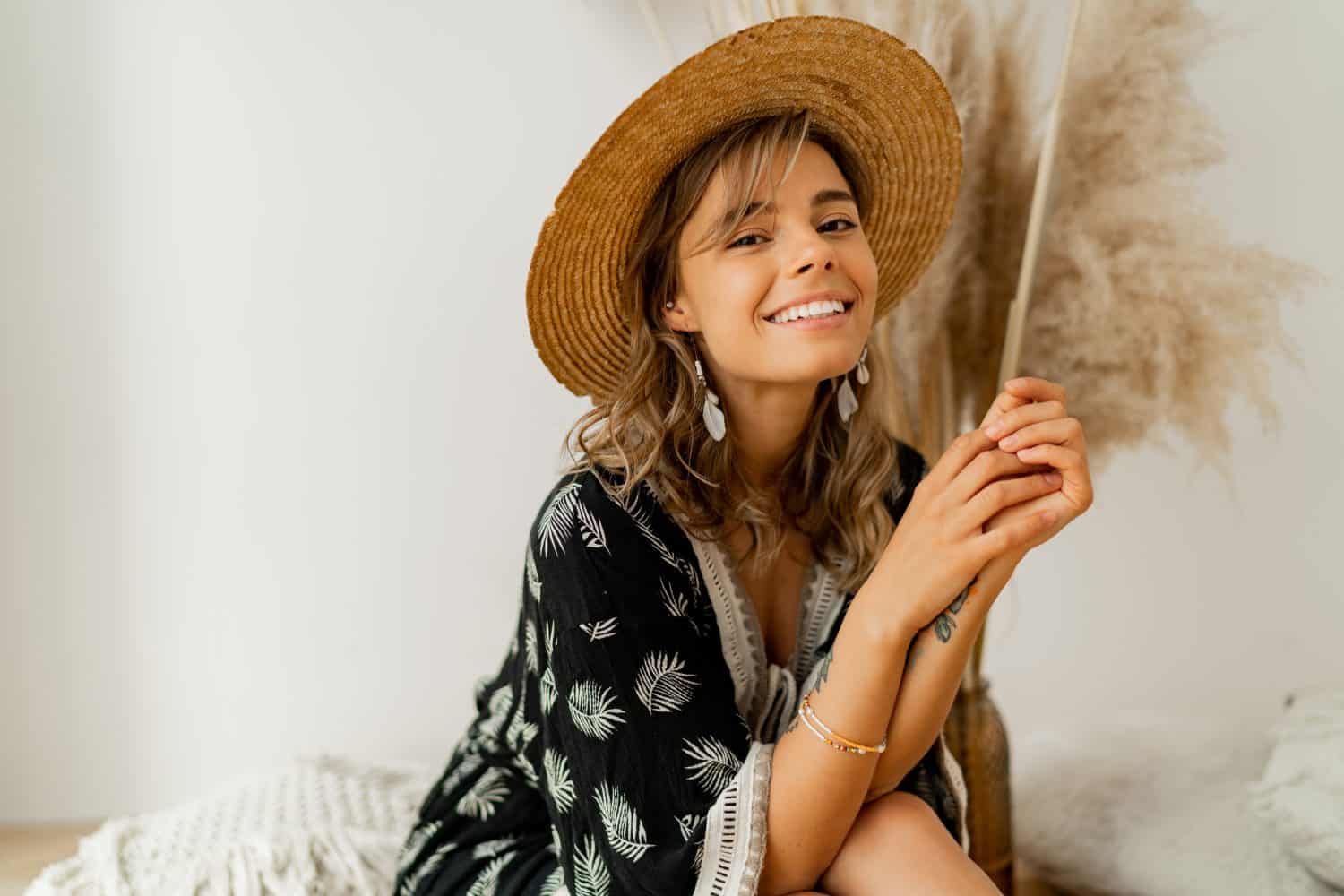
You can’t forget about all the fun accessories worn in the 1970s that completed free-spirited looks. Just look at how Janis Joplin embodies each look with well-coordinated fabrics and accessories, layering her necklaces and pairing them with wide belts. Jewelry made of wood and feathers added to boho looks and chokers and headscarves were popular finishing touches throughout the decade. Earrings were bold and chunky, but there were also some refined styles that complemented more formal looks (like the structured vest or turtleneck). The bolder accessories can be added to casual attire to spruce it with a bit of flair or layered necklaces can complete a neutral color palette in a business setting.
Headbands

Dating back to ancient Greece, headbands have morphed over the years, reflecting the styles of each period. During the world wars, headbands became a staple for women as they helped to keep their hair back and sweat contained. When the wars were over, headband popularity continued but more as a fashion statement than a practical need. Audrey Hepburn had a signature look that incorporated headbands and during the 1970s, they were once again popularized with bolder looks. The versatility of headbands means they pair well with any style. (To explore fashion trends from another era, check out Photos That Prove the 1930s Had the Best Fashion.)
